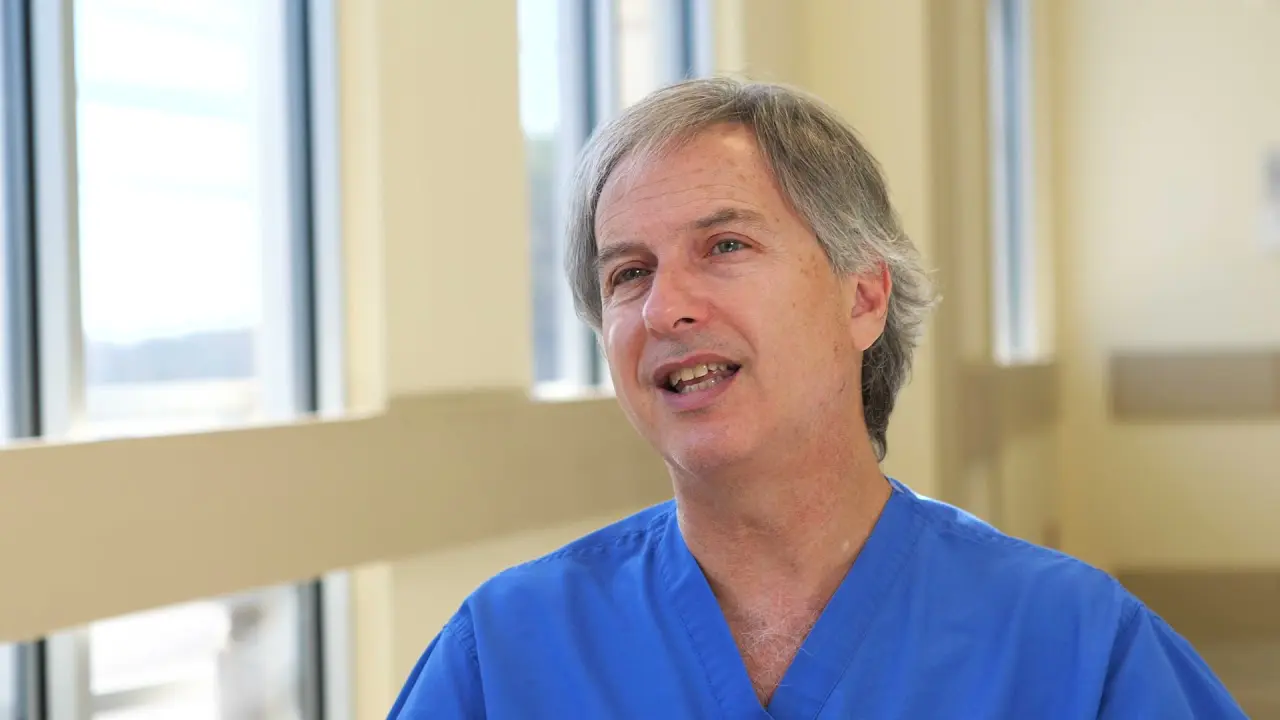
Our Austin fertility surgeons diagnose and treat many conditions with laparoscopy
Laparoscopy is a minimally invasive procedure that allows our Austin fertility surgeons to diagnose and treat many women’s health issues. During laparoscopic surgery, our surgeons make a few ½ to ¾ inch abdominal incisions so that they can insert the laparoscope and surgical instruments. The laparoscope is a long, thin device that has a camera on the end that transmits a view of the pelvic organs and cavity to a screen. This technology allows our surgeons to diagnose problems. If surgery is necessary, our physicians insert surgical instruments into the small incisions to perform the procedure.
Laparoscopy helps women who have a variety of fertility issues
Virtually every surgery our Austin fertility surgeons perform is minimally invasive, and many of those procedures involve laparoscopy to diagnose and treat several conditions. This type of surgery comes with many benefits.
- Shorter hospital stays, if any, because many procedures are outpatient
- Shorter recovery time
- Less pain during recovery
- Fewer complications
- Smaller scars than traditional surgery
What patients should know about laparoscopy
Our Austin fertility surgeons always brief patients thoroughly before laparoscopy and are happy to answer questions. Patients receive instructions about eating, drinking and what to do prior to surgery.
Before the procedure, women receive general anesthesia. Once the anesthesiologist sedates the patient, the surgeon makes the incisions to insert the laparoscope and the instruments. The patient’s abdomen is filled with gas to provide the surgeon with a clearer view of the pelvic cavity and organs.
After laparoscopy is complete, patients move to a recovery area. If the surgery is outpatient, the patient remains in recovery until the staff decides she is ready to go home.
Recovery and getting back to normal
Naturally, after surgery women feel tired and their incision areas may feel sore for a few days. Another symptom that takes patients by surprise is pain in the back or shoulder caused by the gas that was pumped into the abdomen. If a woman had a breathing tube inserted during laparoscopic surgery, she may also have a sore throat.
Most women can return to their normal activities a few days after surgery, but recovery may take longer if the procedure is more complicated.
Our experienced, highly-skilled Austin fertility surgeons believe that minimally invasive laparoscopy offers women excellent diagnostic and treatment options. Contact us to learn more.













